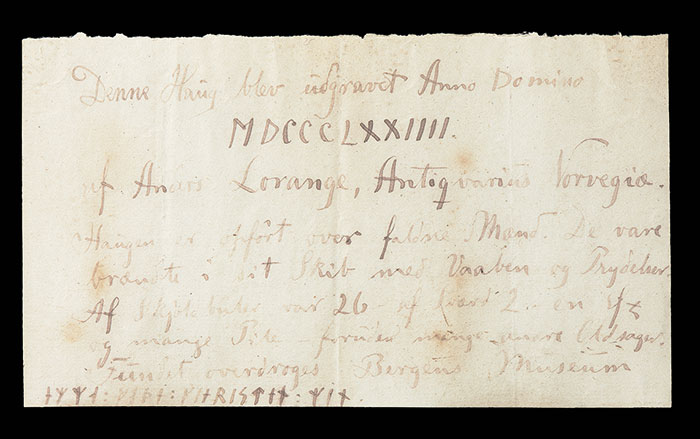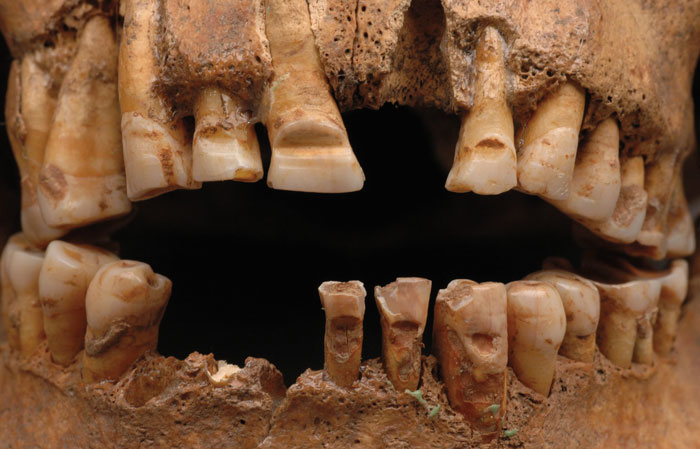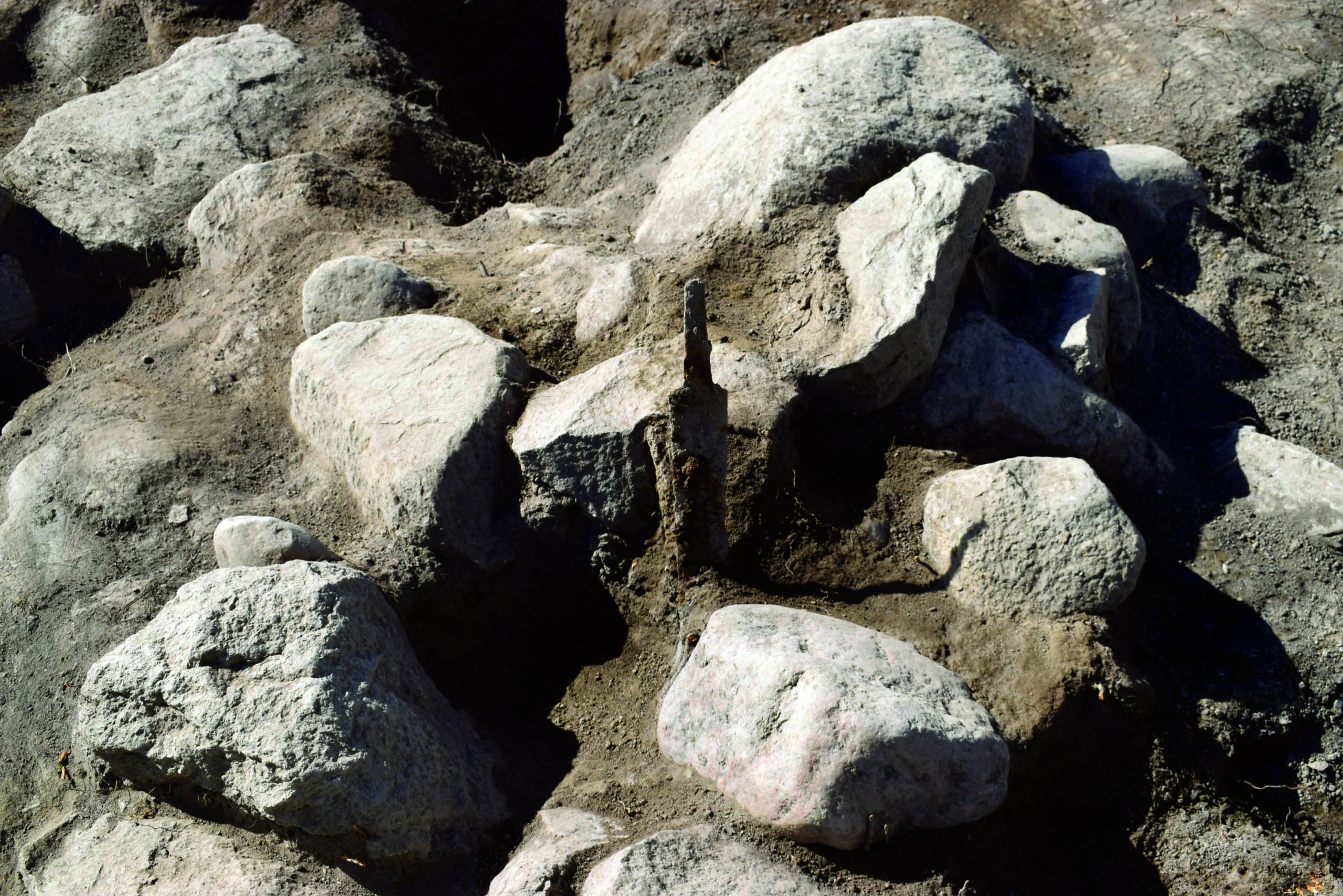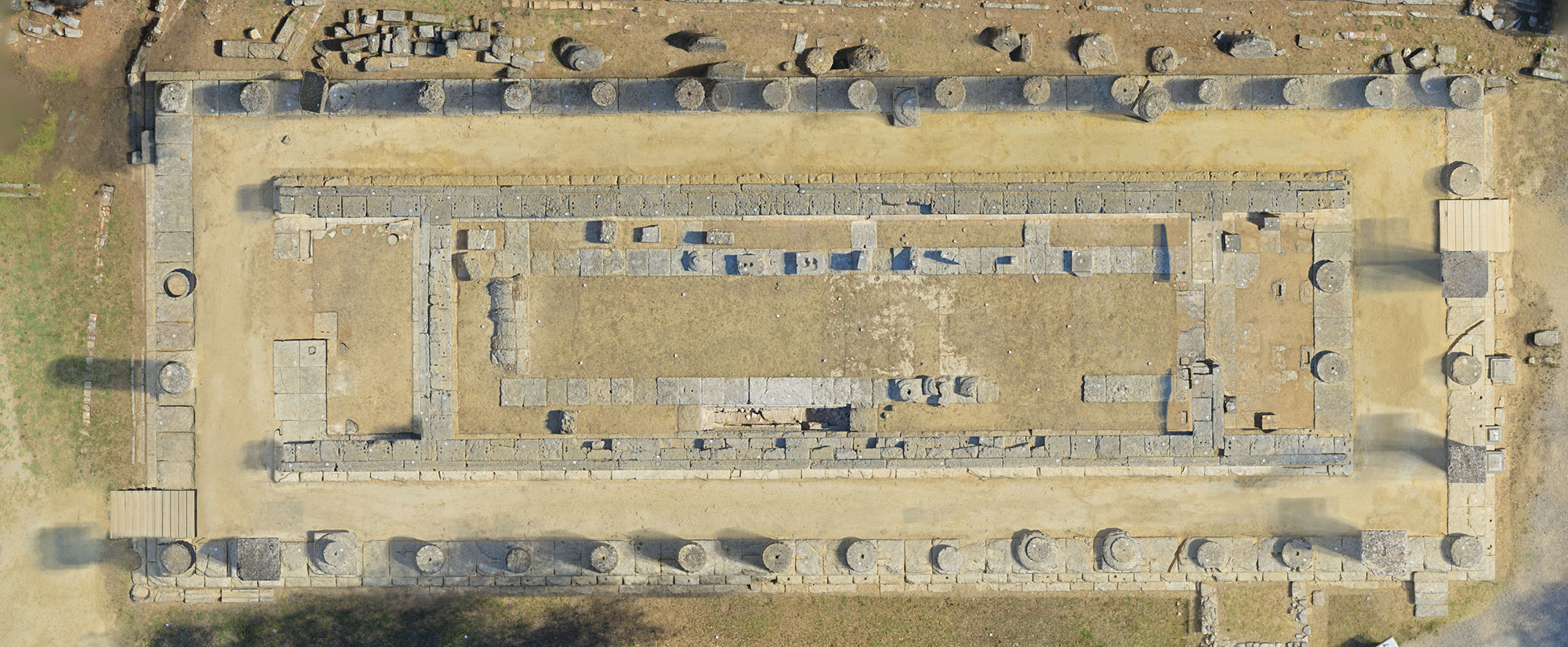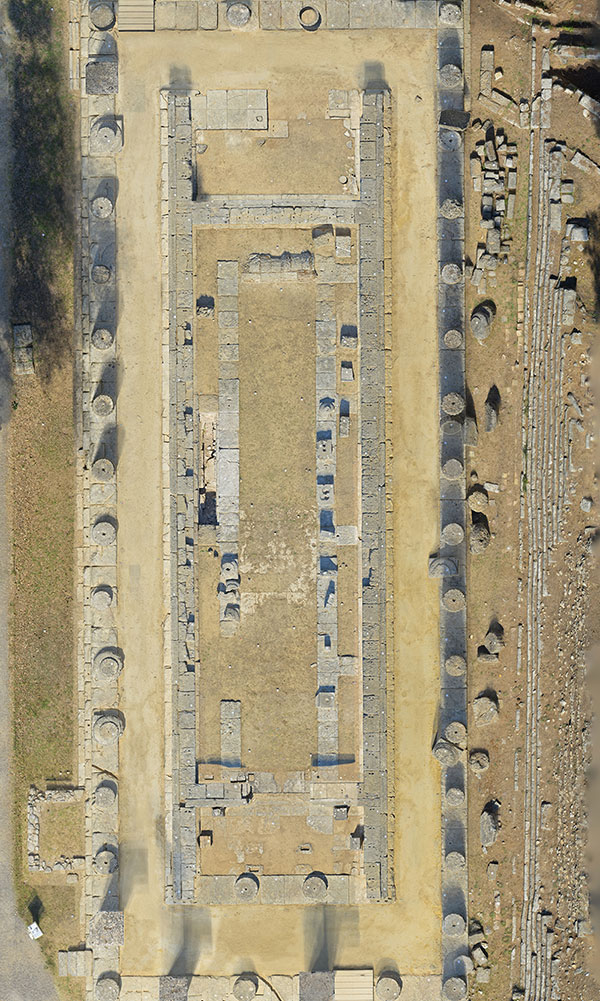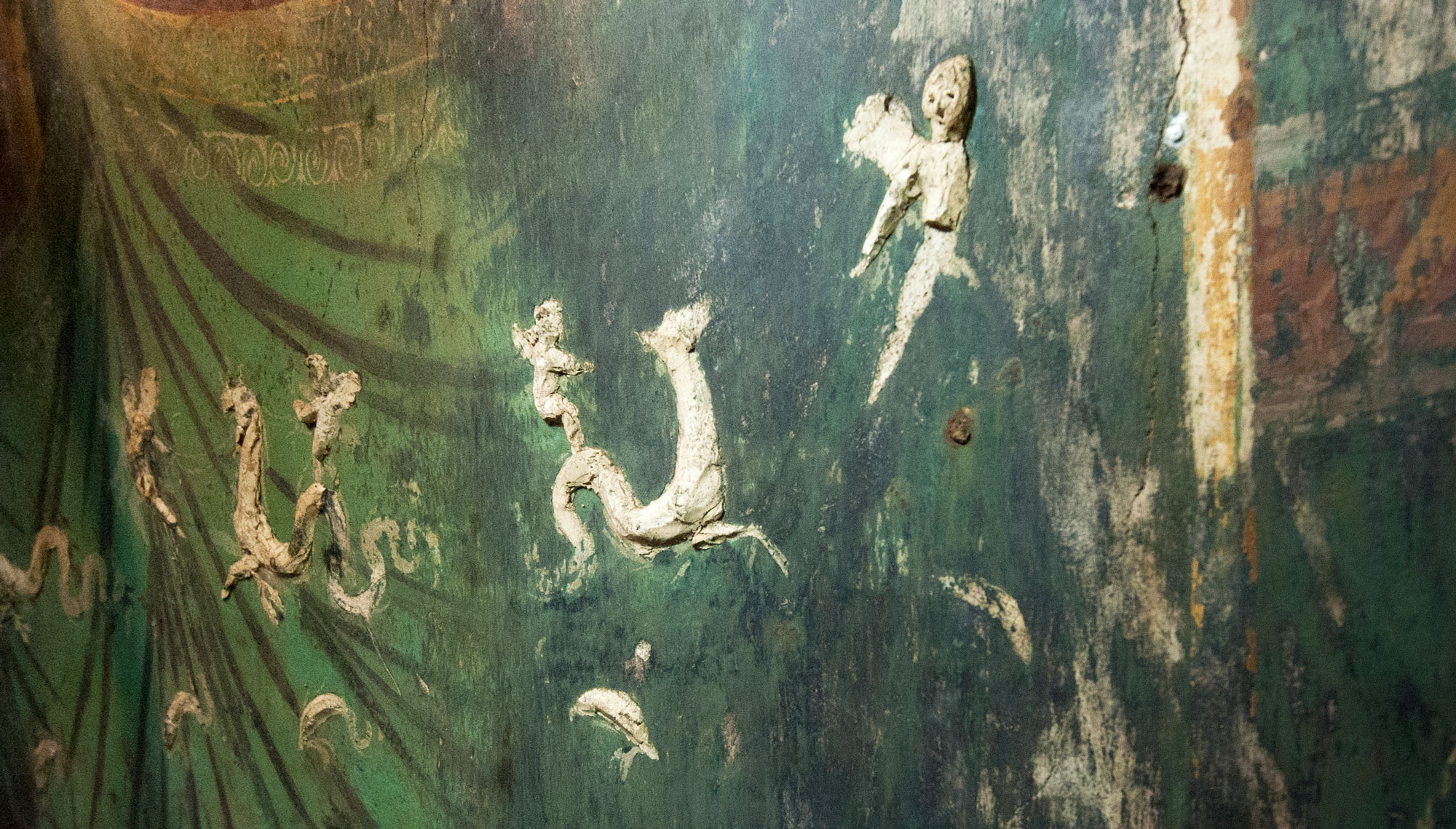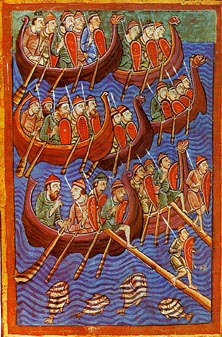
ABERDEEN, SCOTLAND—The Telegraph reports that research by Mark Collard of the University of Aberdeen and Simon Fraser University, Ben Raffield of Simon Fraser University, and Neil Price of Uppsala University supports the idea that young Viking men may have been driven to raid other lands in the pursuit of wives, rather than as part of a battle against the spread of Christianity. They say that social inequality and the rise of polygamy in the Iron Age world meant that there were few women available as potential partners for young, poor men. They explain that by raiding, young men would have been able to accumulate wealth and power quickly, and thus improve their chances of gaining wives. The researchers cite recent research that suggests that Yanomamo tribes in South America practice intervillage raiding in pursuit of wives for polygamous marriages. They also say that the graves of members of Viking raiding parties belonged to young men rather than seasoned veterans. For more, go to “The Vikings in Ireland.”


